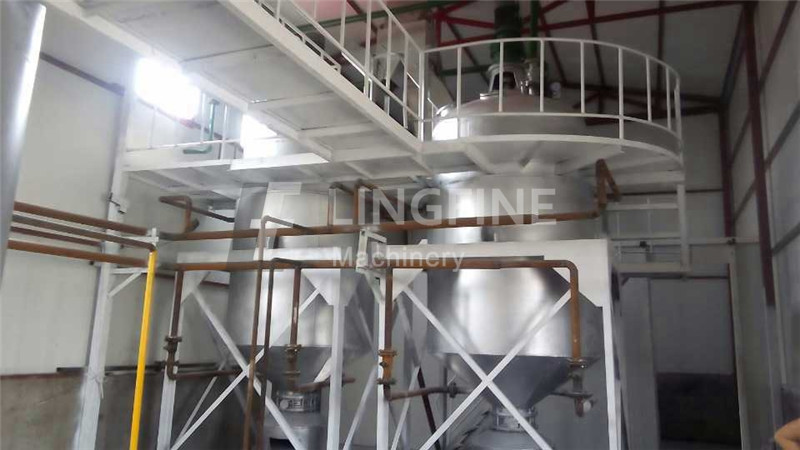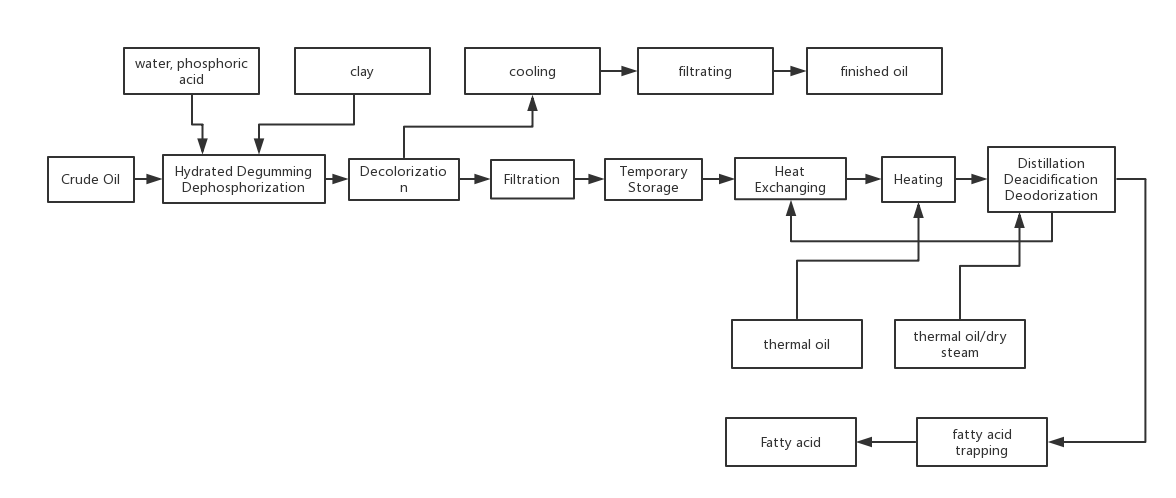
Lard Oil Making Machine
Lard is pig fat in both its rendered and unrendered forms. It is obtained from any part of the pig where there is a high proportion of adipose tissue. It can be rendered by steaming it or boiling it in water and then separating the insoluble fat from the water...
Lard is commonly used in many cuisines around the world as a cooking fat or shortening, or as a spread similar to butter.
LINGFINE uses the international advanced negative pressure lard oil making technology. Generally the whole lard oil production line includes the following sections:
Meat mincing, conveying, discharging, cooking, oil-slag separating, filtration, refining.
And the refining process includes: dephosphorization, degumming, deacidification, hydration, bleaching, deodorization etc. After treatment, the edible beef tallow made by our machine can be white snow color.
Below we will simply introduce you the production process of lard oil making plant:
Lard Oil Cooking Technology process

Process Parameter:
Residue oil in cake: About 20%
Moisture in cake: ≦ 6%
Impurity in crude oil ≦0.2%
Process Introduction
The production process of beef tallow includes: unpacking crushing section, preheating section, cooking section, dehydration section, oil-slag separating section, oil slag pressing section, crude oil filtration section etc.

Lard Oil Refining Process
Crude lard oil refining process includes, degumming section, deacidification section, bleaching section and deodorization section. After refining process, the finished beef tallow can be edible.
Process Flow Chart

Request a Free Consultation
We receive enquiries in English, Español (Spanish), Русский язык (Russian), Français (French) and العربية (Arabic). Our professional team will reply to you within one business day. Please feel free to contact us!
